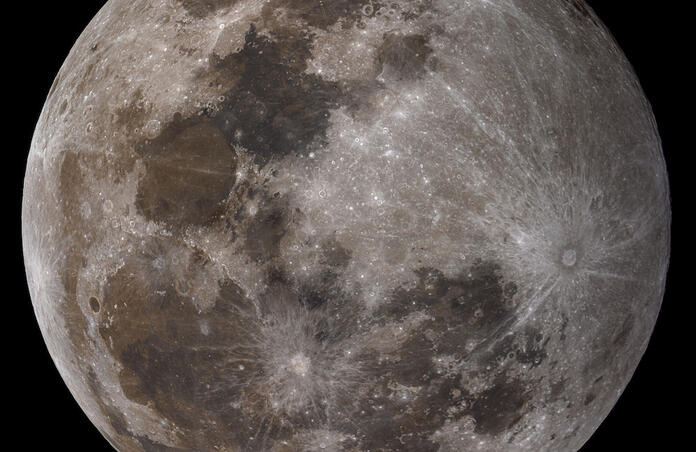The Two Final Lunar Eclipses of 2020 Are Coming Up Soon

After five months of waiting, June 5th marked the return of lunar eclipse season for 2020—and there are still a few more to catch before the end of the year.
The lunar eclipse on June 5th, nicknamed a ‘Strawberry Moon’ (since it happens during the strawberry-picking season), was viewable across Asia, Australia, Europe, and Africa. It was a partial penumbral eclipse, which is when the moon dips only partially into the Earth's outer shadow (the penumbra), causing a section of it to appear dimmer. Two more penumbral eclipses are happening this year, one on July 5th and the other on November 30th. Penumbral events aren’t quite as exciting as a total eclipse, but they’re still fascinating to observe, and plenty of websites will be live streaming it if you can't watch yourself.
July 5th Penumbral Lunar Eclipse
The next lunar event will start on July 5th at 3:07 UTC time. It will reach its peak (maximum eclipse) just before 4:30 and ends at 5:52.

This lunar eclipse will only be visible to the Americas, Southwest Europe, and Africa. Check this helpful pdf from NASA if you’d like to know some more specifics!
November 30th Penumbral Lunar Eclipse
The fourth and final lunar eclipse of the year happens on November 30th. This one will not only be the darkest compared to the others, but it will also have the longest duration, at around 4 hours and 20 minutes. It begins at 7:32 UTC time, peaks (reaches maximum eclipse) at 9:42, and ends around 11:53.

As they do for every future eclipse event, NASA’s eclipse page provides some more in-depth details!
